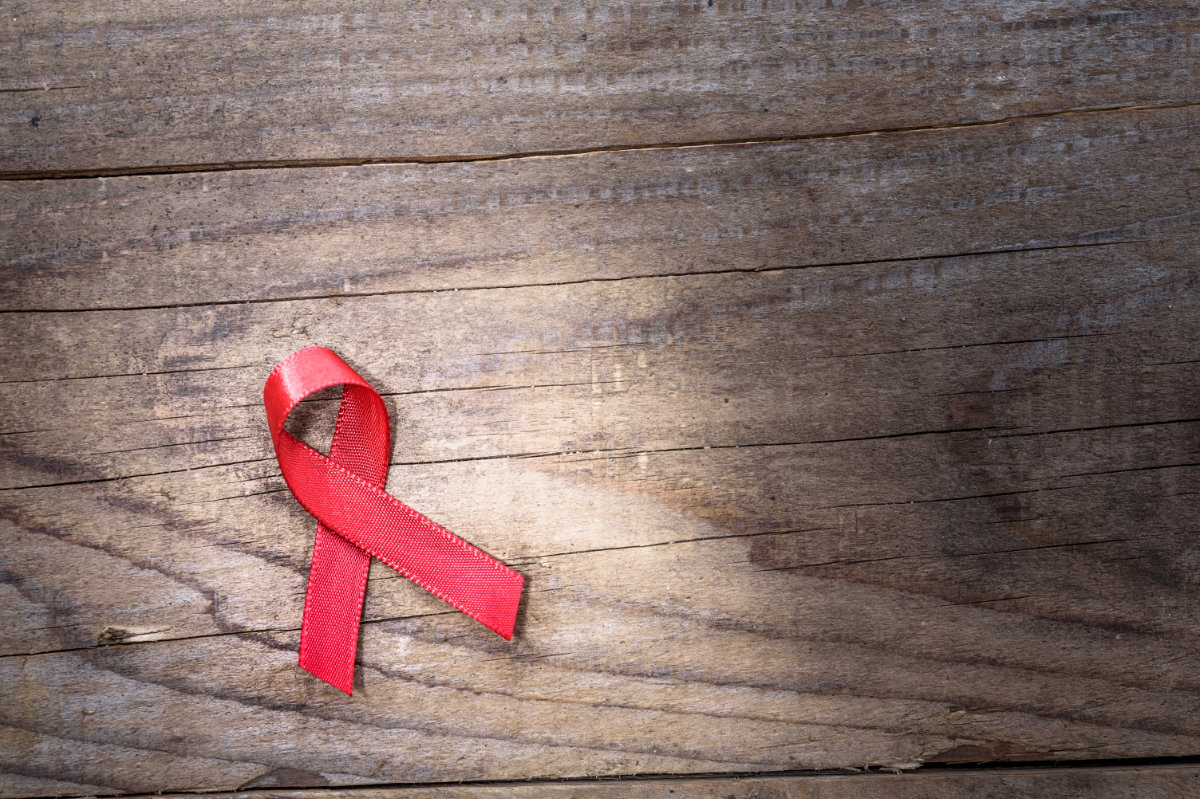
U=U means that people with HIV who achieve and maintain an undetectable viral load (i.e., the amount of HIV in the blood) cannot sexually transmit the virus to others if they take antiretroviral therapy as prescribed. The goal of the U=U campaign is to decrease stigma among people living with HIV (PLWHIV) by informing communities of the decades of science behind HIV transmission.
Despite the proliferation of U=U, key information in the messaging is still missing and inconsistent, which may comprise goals to decrease stigma and end the HIV epidemic.
For example, sometimes we say that viral suppression “nearly eliminates” HIV transmission risk, and other times we say that HIV “cannot be transmitted.” The subtle language difference may seem inconsequential, but the difference between “low chance” and “no chance” of HIV acquisition can be very big for individuals who do not want to acquire HIV. Therefore, the message may be unappreciated if individuals perceive that HIV can be transmitted given the history of HIV disease severity for those newly infected.
Additionally, U=U may inadvertently stigmatize those who have not yet achieved an undetectable viral load given the fact that receiving an HIV diagnosis can be traumatizing for some (especially among minority communities and individuals with intersectional identities) who may need time and resources to properly access and adhere to their medication. Although the campaign is well-intentioned, we must be careful not to exclude individuals who have not yet achieved an undetectable HIV viral load from a stigma-reduction message. People who are living with HIV should not be stigmatized, not matter what their viral load is.
We must maintain consistency regarding messaging and provide as many details as possible to decrease stigma and HIV transmission risk. We must also clarify who are the most vulnerable to HIV. We must also ensure that partners of PLWHIV obtain clear messaging about their vulnerability.
We conducted a study using data from the HIV Prevention Trials Network showing that Black sexual minority men who had partners who were living with HIV were more likely to use PrEP for HIV prevention than those who had HIV-negative or status unknown partners. This is very significant because we may have not clarified whether the partners of PLWHIV should be using PrEP or not (CDC has only some guidance around this). Statistically, individuals who do not know the HIV status of their partners or who assume their partners are HIV-negative are more likely to acquire HIV than individuals who know their partners are living with HIV because individuals who know their HIV status are more likely to be in care to achieve an undetectable viral load. However, if PrEP-users are more likely to have partners who are living with HIV AND are undetectable, PrEP may not be necessary for them (or is it?). At the very least, we know that for Black sexual minority men, we are not reaching the individuals who are most vulnerable to HIV for PrEP.
In our effort to destigmatize (whatever that means) PLWHIV, we must ensure that we provide the complete details necessary for everyone involved, including those who are not living with HIV and those who have detectable viral loads. Key questions that require clarification remain for communities: Is it safe for the condoms to come off? How many doses can be missed and still maintain an undetectable viral load in between tests? Which partner is responsible for managing the viral load of the PLHIV? Is HIV viral load communication something that should be cenralized within the relationship? Who should use PrEP?
